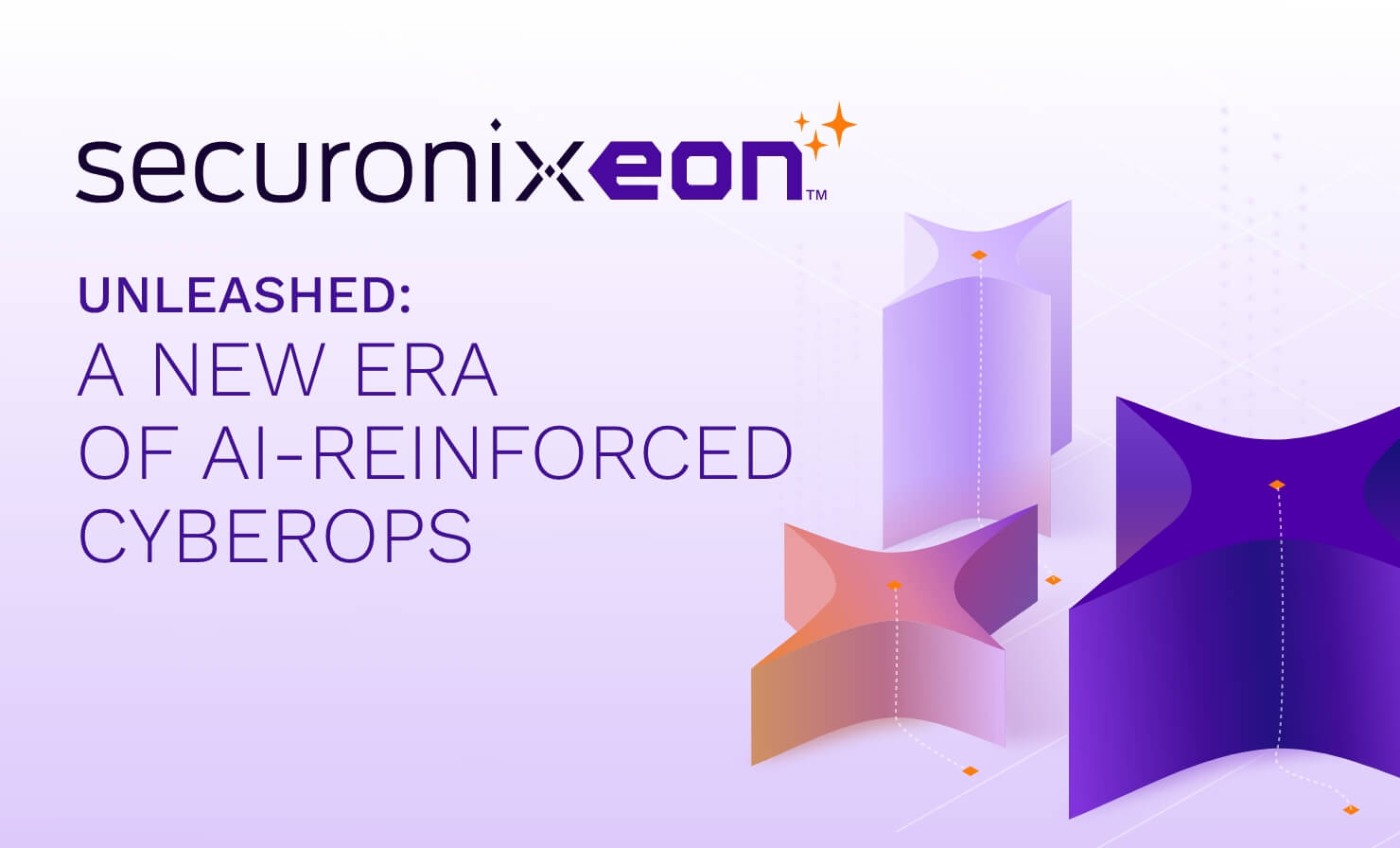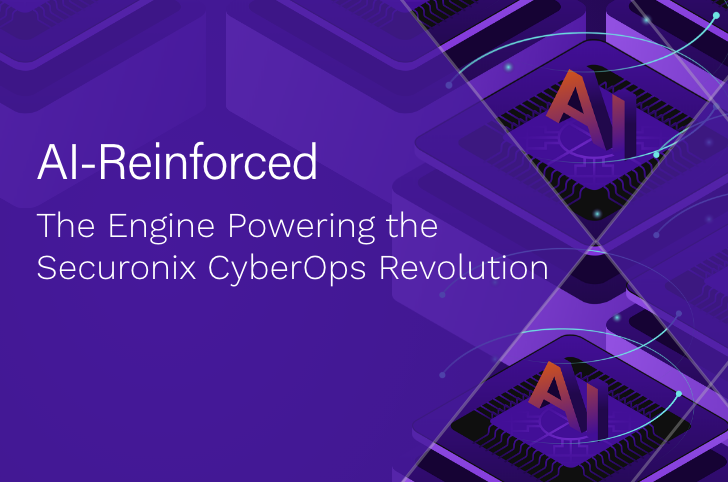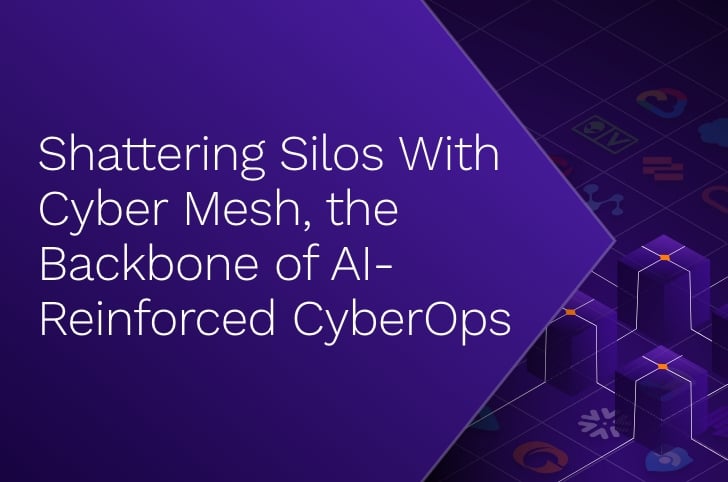- Why Securonix?
- Products
-
- Overview
- 'Bring Your Own' Deployment Models
-
- Products
-
- Solutions
-
- Monitoring the Cloud
- Cloud Security Monitoring
- Gain visibility to detect and respond to cloud threats.
- Amazon Web Services
- Achieve faster response to threats across AWS.
- Google Cloud Platform
- Improve detection and response across GCP.
- Microsoft Azure
- Expand security monitoring across Azure services.
- Microsoft 365
- Benefit from detection and response on Office 365.
-
- Featured Use Case
- Insider Threat
- Monitor and mitigate malicious and negligent users.
- NDR
- Analyze network events to detect and respond to advanced threats.
- EMR Monitoring
- Increase patient data privacy and prevent data snooping.
- MITRE ATT&CK
- Align alerts and analytics to the MITRE ATT&CK framework.
-
- Industries
- Financial Services
- Healthcare
-
- Resources
- Partners
- Company
- Blog
SIEM
By Augusto Barros, Cybersecurity Evangelist
Amid the ongoing changes in cybersecurity, organizations face a critical decision: whether to adopt a comprehensive, all-in-one security operations platform or to invest in specialized, standalone pieces like EDR, NDR, and SIEM. While the allure of a unified platform is compelling, there are strong reasons to avoid bundling SIEM into a larger security suite.
The Pitfalls of Over-Consolidation
As highlighted by Tony Bradley in a recent Forbes article[a], the trend towards cybersecurity platformization is fraught with risks. The idea of a single, unified platform handling all aspects of security operations can lead to significant challenges, including reduced flexibility, vendor lock-in, and the dilution of specialized functionalities.
A platform that tries to be a “one-size-fits-all” solution often ends up being a “jack of all trades, master of none.” SIEM, when bundled with other security tools in a large platform, can suffer from compromised performance, reduced innovation, and a lack of customization options. This can ultimately lead to gaps in security coverage and an inability to keep up with rapidly changing threat landscapes.
The Importance of Specialization
SIEM solutions are designed to be the nerve center of an organization’s security operations, offering critical insights through the aggregation, correlation, and analysis of security events. However, when integrated into a larger platform, the specialized capabilities of SIEM can be overshadowed or constrained by the broader platform’s limitations.
Specialized SIEM solutions are built with a deep focus on threat detection, incident response, and compliance management. By opting for a standalone SIEM, organizations can ensure they are leveraging the full potential of these capabilities, tailored to their specific needs and integrated seamlessly with other best-of-breed security tools.
Flexibility and Adaptability
In a rapidly evolving threat landscape, flexibility is paramount. Standalone SIEM solutions offer the adaptability to integrate with a wide range of tools and technologies, allowing organizations to build a security ecosystem that evolves with emerging threats. Standalone SIEM providers have a strong incentive to expand their solution integration capabilities and content covering data from third party sources, as their ability to work well with a diverse set of technologies make them a more suitable solution to a broader range of organizations. In contrast, a large security operations platform may be slower to adapt, as changes and updates are often dependent on the platform vendor’s roadmap.
Furthermore, organizations using a consolidated platform may find themselves locked into a single vendor’s ecosystem, limiting their ability to incorporate innovative new solutions from other vendors. This lack of flexibility can be particularly detrimental when trying to address unique or evolving security challenges. When we consider the rapid adoption of new cloud technologies by many organizations, it becomes clear how crucial agility is in integrating and securing these technologies. Adopting a single vendor approach can severely constrain an organization in their ability to cover new technologies with their security infrastructure. With a standalone SIEM, organizations have the flexibility to adopt any security solution to cover new technologies, integrating them seamlessly into their SIEM without the constraints of maintaining a single-vendor architecture.
Avoiding the One Ring Syndrome
The concept of “one ring to rule them all” from J.R.R. Tolkien’s The Lord of the Rings serves as a cautionary metaphor in cybersecurity. Just as the One Ring’s centralization of power led to vulnerability and corruption, a centralized security platform can create single points of failure and reduce the overall resilience of an organization’s security posture.
By avoiding the temptation to bundle SIEM into a larger platform, organizations can maintain a more balanced, diversified approach to cybersecurity. This approach allows for the integration of specialized, best-of-breed solutions that work together to provide comprehensive protection without the drawbacks of over-consolidation.
A New Era of Interoperability
Concerns about difficult integration and interoperability of different systems and solutions is often seen as a compelling argument for adopting a large platform incorporating all the required pieces. However, the challenges in integrating security technologies these days are far less than they used to be in the past. Most solutions today are cloud-native, featuring exposed APIs and adopting open data formats and standards that simplify integration. Many common de facto standards and common consolidation points reduce the challenges of integration, and solutions designed to operate in a cybersecurity mesh architecture are prepared to enable integration and interoperability with minimum effort. OCSF, Amazon Security Lake, Snowflake, Cribl and TAXII/STIX are just some examples of how much integrating and connecting disparate security solutions has evolved since the times of shared database credentials and screen scraping.
Conclusion
While the convenience of an all-in-one security operations platform is appealing, the risks associated with bundling SIEM into such platforms are significant. To ensure robust, adaptable, and effective security operations, organizations should consider investing in standalone SIEM solutions that offer the specialization, flexibility, and innovation needed to stay ahead of emerging threats. By doing so, they can build a security posture that is not only comprehensive but also resilient in the face of an ever-changing cybersecurity landscape.
[a]https://www.forbes.com/sites/tonybradley/2024/08/05/the-potential-pitfalls-of-cybersecurity-platformization/






